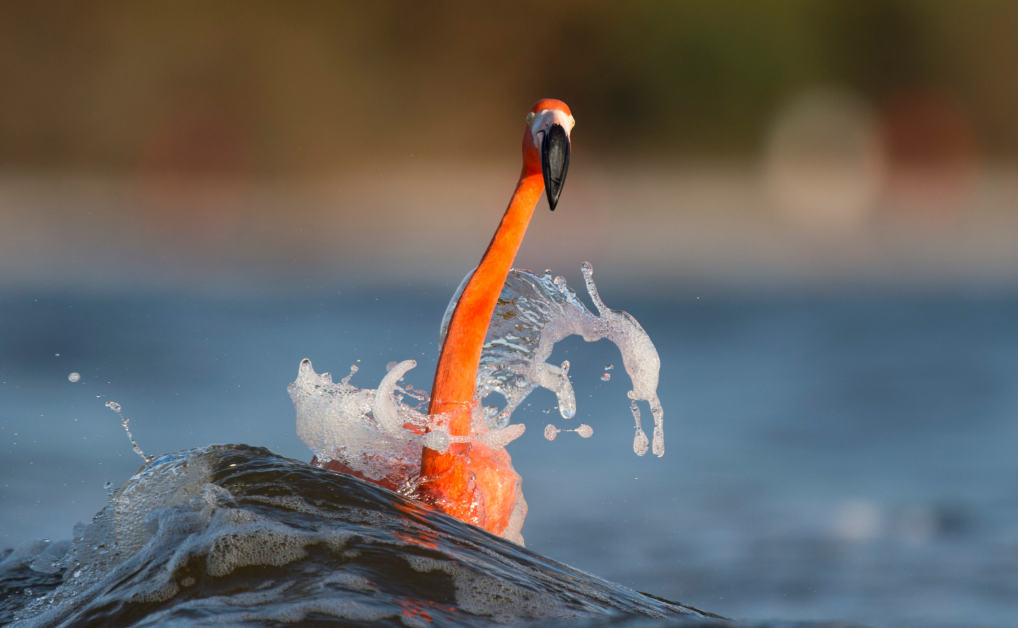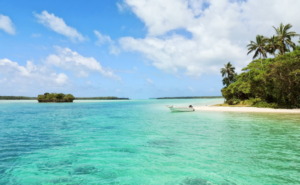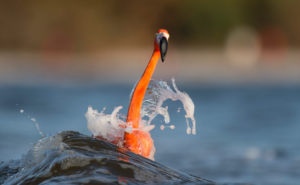
What is bird watching?
Birdwatching, or birding, is the seeing of birds, either as a sporting activity or as a type of resident science. A birdwatcher may see by utilizing their unaided eye, by utilizing a visual upgrade gadget like optics or a telescope, by tuning in for bird sounds or by watching public webcams.
Birdwatching frequently includes a huge auditory component. As many bird species are more effectively distinguished and recognized by ear than by eye. Most birdwatchers seek this movement for sporting or social reasons, dissimilar to ornithologists, who participate in the investigation of birds utilizing formal logical strategies.
Treasure Island, Florida is a superb spot to notice the absolute and most sublime natural life in the country. Bird watching or birding is an extremely well-known appreciation for some individuals as a result of the collection of species that call these shores home. In reality, the region can fill in as a decent spot to notice birds that may not be native to the space. Many birds’ relocation patterns run through this area. There are some wonderful shorebirds that can be spotted along this stretch of coast. And it is suggested that each birder requires some time to partake in these species.
There is additionally a collective effort locally to ensure these birds keep going for people in the future. So always try to be cautious and never upset these animals’ normal living spaces. A significant number of Florida’s species are near the insecure edge of hazard. And individuals ought to consistently make a point to partake in the untamed life. Also, while trying to save the natural order.
Giggling Gull
During an outing to Treasure Island, you will most likely see a lot of gulls. These birds are all over the place. And they will put forth a valiant effort to gain a portion of the lunch you have brought to the ocean side, so watch out. Assuming that you intend to take care of the gulls. Try to do it away from other beachgoers on the grounds because these birds will rush around you. And it might bother different visitors of the ocean side.
2. Willet/Sandpiper
The Willet is one more extremely normal animal species. That can be found along Treasure Island’s shores. This bird is important for the Sandpiper family and can be effortlessly seen brushing the ocean side looking for food. The Willet’s population declined in the mid 20th century because of hunting. Yet it has expanded since that time. While consistently expanding in population, the Willet is considered to be fairly in danger.
3. Black Skimmer
These birds are a delightful sight and should be visible flying low over the waters. Also skimming the lower part of their bill into the water to get food. That’s the way they got their name. The Black Skimmer has a dark back with a white underside. And is extremely particular with their radiant orange bill that has a dark front edge.
4. Terns
There are 3 varieties of Tern that can be found around Treasure Island. The Royal Tern is an orange-charged variety. And is must be found close to saltwater. The Royal Tern is found around Treasure Island in the cold weather months and doesn’t breed in the nearby area. The Gull-Billed Tern is additionally found along this stretch of coastal waters. These terns have a dark bill and appear to be like gulls, thus the name. This tern breeds around here and can be found here in the late spring months.
To wrap things up is the Least Tern is the littlest of the American tern varieties. These terns likewise breed nearby and can be found throughout the mid-year months.
5. American Oystercatcher
These birds breed nearby and can be tracked down strolling along the ocean side looking for food all year. The bird is enormous for a shorebird and has a radiant red bill and long legs. In the nineteenth century, they turned out to be locally extinct in the upper east because of hunting and egg-gathering. However, at that point, they became secured by the Migratory Bird Treaty Act of 1918.
6. Snowy Egret
This is a wonderful white heron that can be found around new water. Just as seaside districts like Treasure Island. This bird can be exceptionally simple to recognize in a second due to its long dark legs and yellow feet. The Snowy Egret has lovely plumage during the rearing season. Also, these birds were pursued by market trackers which drained their population to a dangerous level. These birds became secured by the Migratory Bird Treaty Act of 1918, also.
7. Great Blue Heron
These birds can be tracked down all around the nation and are amazingly normal in Florida all year. They can be found all through the whole state around fresh and saltwater. They are the biggest American herons and are tall with long legs. The Great Blue Heron will walk gradually in shallow water while looking for food until they jump their head rapidly to catch fish.
8. Brown Pelican
Brown Pelicans can be tracked down all year in Treasure Island. They are exceptionally distinct birds. Numerous travellers appreciate getting photographs of these birds as they sit drifting on the water or when they plunge to get fish. These pelicans are new and unique from the other 6 species since they are the main dark pelicans. They are likewise the main pelican that dives from the air into the water to get their food.
9. White Ibis
These birds are found overtime in Treasure Island and are recognized by their white body and radiant red legs and bills. These birds likewise have dark wingtips that generally just be seen while they are in flight. The White Ibis can be seen while scavenging along the coast for little scavengers and crayfish.
10. Great Egret
This bird is otherwise called the Great White Heron or the Great White Egret. These birds are tall (up to 3.3 feet!) and all white with yellow bills. The Great Egret can be found in Treasure Island all year. And can be tracked down taking care of in shallow water on frogs, fish and some of the time reptiles. These birds are one of the most wonderful and glorious species that the Treasure Island region brings to the table for birders.









